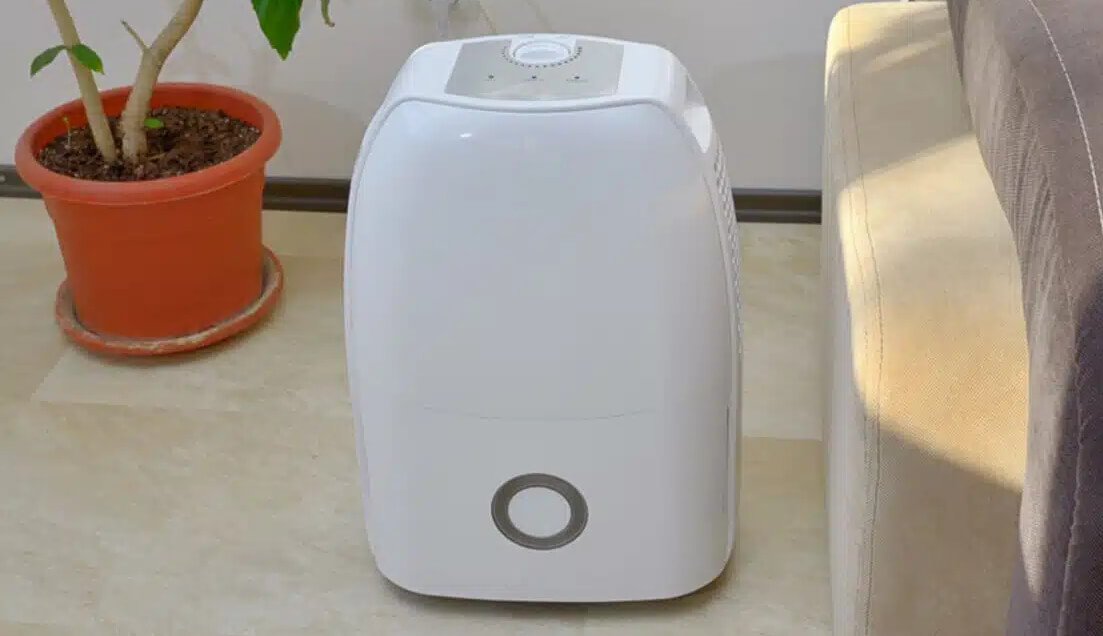The Obama administration hit two home runs with new energy saving standards announced by President Obama along with other clean energy actions in California today. The two new standards, covering electric motors and walk-in coolers and freezers will reduce energy waste, save money and cut pollution. Billions of dollars in net savings will make U.S. industry more competitive, strengthening the U.S. economy and creating jobs. Today’s announcement is also good news for the environment. The administration is now more than two-thirds of the way to the president’s goal of 3 billion metric tons of CO2 reductions by 2030 from new standards completed during his presidency.
According to the Department of Energy (DOE), the two new efficiency standards announced today will reduce electricity consumption by about 1.2 trillion kilowatt-hours over thirty years of sales (roughly enough electricity to meet the needs of every U.S. household for a year), and will net businesses and industry about $40 billion in savings. Between now and 2030, the savings from the new standards will translate into a reduction in CO2 emissions of 158 million metric tons, an amount about equal to immediately shutting down three average coal-fired power plants.
The latest new standards build on a series of new appliance, equipment and lighting standards completed since President Obama took office. Altogether, those standards will net consumers, businesses and industry about $420 billion in savings. The more than 2 billion tons in CO2 emissions reductions achieved to date are equal to immediately shutting down 33 typical coal fired power plants. Meeting the 3 billion ton goal would raise the total equivalency to about 50 power plants, or about one out of every 12 in operation today.
Snapshots of the new standards
Walk-in coolers and freezers can be as large as 3,000 square feet and are commonly used in supermarkets to temporarily store refrigerated and frozen food before transferring it to the refrigerators and freezers used to display food to customers. They are usually constructed on-site and consist of three major components which are often supplied by different manufacturers: panels and doors, which make up the refrigerated “box,” and a refrigeration system to keep the inside of the box cold. To address the market structure for walk-ins, the new standards require separate minimum efficiency levels for panels, doors, and refrigeration systems. In addition, DOE has adopted an innovative approach that allows manufacturers to certify either the refrigeration system or its components, which provides flexibility for both manufacturers and customers.
About half of a typical supermarket’s electric bill goes to refrigeration, so making walk-ins more efficient will improve supermarket owners’ bottom line. Today’s rule will reduce the cost to operate a refrigeration system for a walk-in cooler or freezer by 10-38%, depending largely on the size of the walk-in. The new standards will take effect in 2017.
For electric motors, DOE based today’s new standards on a joint recommendation filed by motor manufacturers and efficiency advocates, including ASAP and ACEEE. We took an innovative approach with our recommendation: rather than trying to set slightly higher standards for electric motors already covered by two rounds of previous U.S. standards, we recommended that DOE expand the scope of coverage to many motor types not previously regulated.
This approach made sense for both energy savings and for motor manufacturers. For energy savings, establishing standards for unregulated motors will generally save 3 to 8%, whereas improved standards for already regulated motors would have been difficult to justify. With our approach, manufacturers can take the proven designs used in existing regulated motors and apply them to additional motor types. Even though the per unit percentage savings are small, the savings add up across all the motors used in the economy to make the rule one of the biggest energy savers in DOE history. About half the electricity used in U.S. industry goes to power motors and many have never had any efficiency standards at all.
Some of the motors that will see improved efficiency under these standards include gear motors used in equipment like escalators and conveyors, and vertical pump motors used in irrigation and many municipal water and wastewater systems. The new standards cover 1 to 500 horsepower motors and will apply to new motors as of May 2016.
Big savings equals big progress
With the new standards issued today, DOE has now completed all of the overdue rules that the department committed to issue under a schedule negotiated with New York’s attorney general and others. Altogether, DOE has already completed five new standards in 2014. DOE should complete a new standard for home furnace fans later this month based on a proposal issued last September. Additional new standards are under development for products such as fluorescent lamps, ice makers, industrial fans and pumps, promising more economic and environmental benefits. Let’s hope the administration can hit a few more home runs and add to these energy savings victories.
Joanna Mauer and Marianne DiMascio contributed to this post.





